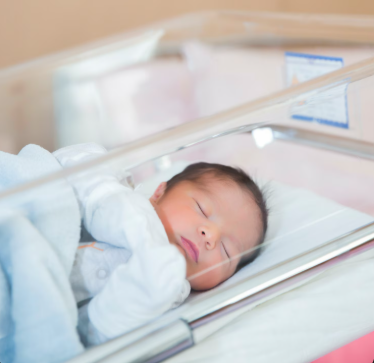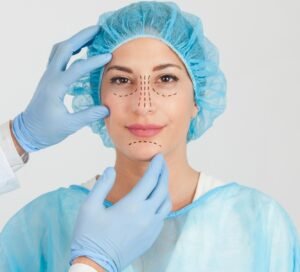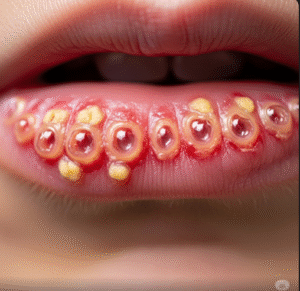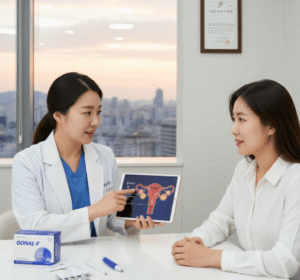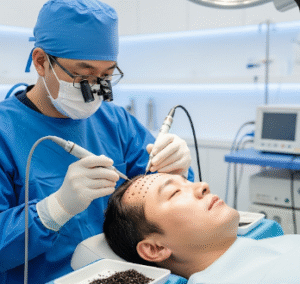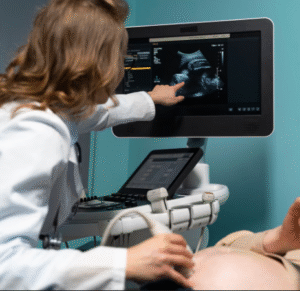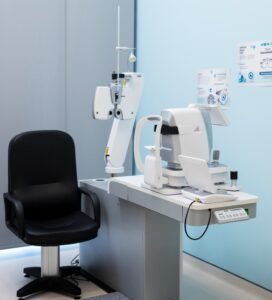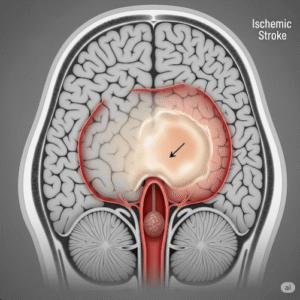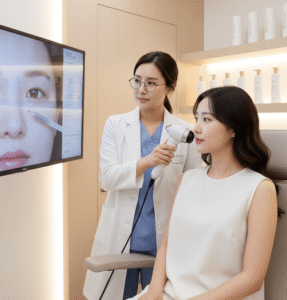For expectant mothers in Korea, choosing a maternity facility is one of the most important decisions during pregnancy. With the nation’s growing focus on maternal safety, advanced technology, and personalized care, maternity hospitals are evolving to meet global standards of excellence. Understanding what makes a facility truly “safe” can empower mothers to make confident, informed choices for themselves and their babies.
In 2026, Korea’s maternity care environment blends medical innovation with emotional support, ensuring that every birth experience is as healthy, secure, and positive as possible.
1. What Defines a Safe Maternity Facility
A safe maternity facility is more than just a delivery room — it’s a center designed to protect both mother and baby through every stage of pregnancy, labor, and postpartum recovery.
• Qualified medical staff: Facilities should have board-certified obstetricians, neonatologists, anesthesiologists, and nurses available 24/7.
• Emergency preparedness: Hospitals must be equipped with neonatal intensive care units (NICUs), surgical suites, and emergency response systems.
• Clean and hygienic environment: Strict infection control, sanitation measures, and air purification systems are essential for maternal and infant health.
• Patient-centered design: Modern maternity centers feature comfortable rooms, privacy-friendly layouts, and soothing environments to reduce stress during labor.
Tip: Always check if the hospital is certified by the Korean Institute for Healthcare Accreditation (KOIHA) — this ensures compliance with national safety standards.
2. The Importance of Skilled Medical Teams
A safe delivery depends on the experience and coordination of medical professionals. The best maternity hospitals in Korea focus on team-based care.
• Obstetricians: Oversee prenatal health, manage high-risk pregnancies, and handle deliveries.
• Neonatal specialists: Provide care for newborns who need extra attention after birth.
• Anesthesiologists: Ensure safe pain management and anesthesia during labor or cesarean sections.
• Midwives and nurses: Offer continuous support, guiding mothers through breathing, positioning, and postnatal recovery.
Note: Many hospitals in Korea have multilingual staff to support international patients and foreign residents, making care more inclusive and accessible.
3. Advanced Technology for Safer Births
Korea is known for its high-tech healthcare infrastructure, and maternity care is no exception. Modern hospitals use digital innovations to enhance maternal safety and comfort.
• Fetal monitoring systems: Real-time tracking of the baby’s heart rate and movement helps doctors react quickly to any sign of distress.
• AI-assisted diagnostics: Artificial intelligence tools analyze vital signs, predicting complications like preeclampsia or fetal hypoxia early.
• Smart delivery rooms: Equipped with temperature controls, oxygen systems, and monitoring panels for both mother and baby.
• Electronic medical records (EMRs): Ensure accurate communication among specialists throughout the pregnancy.
Example: Many Korean maternity hospitals now use wireless fetal monitors, allowing mothers to move freely during labor while ensuring continuous safety tracking.
4. Specialized Care for High-Risk Pregnancies
Not all pregnancies are the same — some require extra attention. High-risk pregnancies, such as those involving gestational diabetes, preeclampsia, or multiple births, need facilities equipped with specialized resources.
• Maternal-fetal medicine units: Provide advanced monitoring for mothers and babies with complications.
• NICUs: Offer round-the-clock neonatal care for premature or medically fragile infants.
• On-site emergency teams: Stand by to perform cesarean sections or manage sudden complications.
• Collaborative care: Specialists from endocrinology, cardiology, and anesthesiology work together to ensure safety for both mother and baby.
Tip: Before choosing a facility, ask whether it has a level 3 NICU — this classification indicates the highest standard of newborn care.
5. Holistic and Emotional Support
A safe maternity experience goes beyond physical safety — it also includes mental and emotional wellness. Korean maternity hospitals increasingly incorporate holistic care programs to support mothers before and after birth.
• Prenatal education: Classes on childbirth, breastfeeding, and newborn care help women feel more prepared.
• Psychological counseling: Emotional support reduces anxiety, depression, and postpartum stress.
• Birth plans: Mothers can discuss pain relief options, birthing positions, and partner involvement.
• Postnatal care centers (Sanhujoriwon): Exclusive Korean recovery facilities where mothers rest and receive baby care guidance after childbirth.
Note: These postnatal centers often offer nutrition programs, massages, lactation consulting, and newborn monitoring — blending comfort with clinical oversight.
6. Key Safety Features Expectant Mothers Should Look For
When visiting maternity hospitals or clinics, expectant mothers should pay attention to a few essential safety aspects.
• Emergency response systems: Rapid transfer protocols for emergencies, including partnerships with tertiary hospitals.
• 24-hour staffing: Continuous availability of medical professionals, even during holidays.
• Safe medication practices: Verified pharmaceuticals and transparent drug administration policies.
• Security systems: ID verification and restricted access ensure the safety of mothers and newborns.
• Hygiene protocols: Regular sterilization, hand hygiene enforcement, and air quality management prevent infections.
Checklist for mothers:
○ Confirm 24-hour obstetrician and anesthesiologist presence.
○ Check if the hospital has a NICU.
○ Ask about cesarean and emergency procedure readiness.
○ Review patient reviews and safety ratings.
7. Integration of Digital and Remote Care
Technology is making maternity care smarter and more connected than ever.
• Tele-obstetrics: Remote consultations for women in rural areas or those preferring home monitoring.
• Mobile health apps: Track weight, fetal movement, contractions, and blood pressure with hospital-linked applications.
• AI triage systems: Identify early signs of maternal distress and alert clinicians automatically.
• Digital records: Mothers can easily access prenatal and delivery records through online portals.
This digital integration ensures continuity of care and quicker medical responses when needed.
8. Government Standards and Accreditation
Korea’s healthcare authorities set strict standards for maternal safety through continuous supervision and certification systems.
• Korean Institute for Healthcare Accreditation (KOIHA): Certifies hospitals for patient safety, infection control, and maternity outcomes.
• Maternal Death Surveillance Program: Tracks and analyzes maternal complications nationwide to improve future care.
• Public reporting: Hospitals publish annual safety and satisfaction reports for transparency.
These measures make Korea one of the safest countries in Asia for childbirth.
9. Choosing the Right Facility for You
Every pregnancy is unique, and so are maternity hospitals. When choosing where to give birth, consider the following:
• Medical expertise: Facilities with experienced obstetric teams handle both natural and cesarean deliveries efficiently.
• Accessibility: Proximity to your home matters for frequent visits and emergencies.
• Personal preferences: Choose a facility that aligns with your birth plan — whether you prefer natural birth, water birth, or medical pain relief.
• Reputation: Seek recommendations from friends, online communities, or verified patient reviews.
Tip: Visit the hospital during your second trimester to take a tour, meet the staff, and review facilities firsthand.
10. Future Trends in Safe Maternity Care
As maternal technology evolves, Korea’s maternity care model continues to advance. Expect more AI-driven safety systems, robot-assisted surgery for complex births, and expanded mental health integration in hospitals. Future maternity care will not only protect physical health but also nurture emotional resilience and family well-being.
Final Thoughts
A safe maternity facility in Korea is defined by three key elements — expert care, advanced technology, and compassionate support. Choosing the right hospital means finding a place where medical safety meets human warmth.
In 2026 and beyond, Korean maternity centers are proving that childbirth can be both high-tech and deeply human, giving every mother the confidence to focus on what matters most — welcoming her baby into the world with peace, safety, and love.

